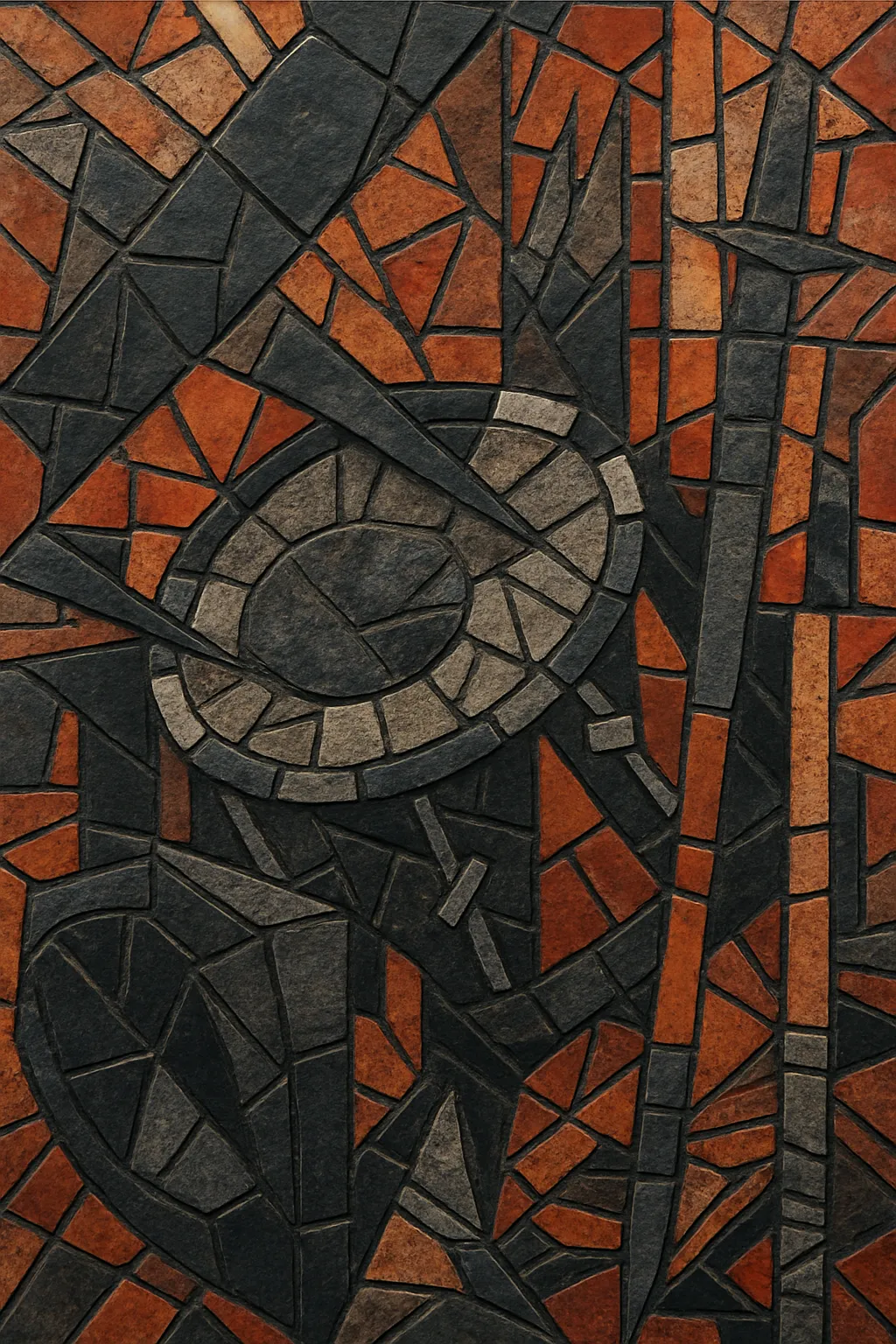Hard drum is a UK-born strain of percussive club music that foregrounds heavy, syncopated drums, sharp transients, and minimal melodic content. Tracks often function as DJ tools: skeletal, high-impact, and designed to generate momentum and tension on the dancefloor.
Drawing on UK funky’s swing, grime’s sound-design bite, and Afro-diasporic rhythms (kuduro, batida, gqom), hard drum emphasizes tuned toms, metallic hits, hand percussion, and sub-weighted kicks over sustained chords or vocal leads. The result is a stark, propulsive style that prizes polyrhythms, negative space, and sudden drops as its main dramatic devices.
Hard drum coalesced in the UK during the mid-2010s as producers and DJs sought a harder, more percussive update to the UK funky lineage. Early releases and club nights in London, Bristol, and beyond favored stark drum-led constructions that worked as high-energy, mix-friendly tools.
Independent labels and crews such as Nervous Horizon (TSVI, Wallwork), Even The Strong (NKC), and More Time Records (Ahadadream, Sam Interface) became hubs for the sound, issuing records that stressed drum craft, minimalist arrangement, and engineered dancefloor impact. Related percussive experiments from artists on adjacent UK bass and post-club imprints helped spread the aesthetic.
By the late 2010s, “hard drum” had become a recognized tag for tracks built around swung 4/4 or broken patterns, powerful low-end, and cutting, often non-Western percussion sources. The style circulated internationally via Boiler Room sets, Rinse FM, NTS, and Bandcamp, influencing a broader wave of percussive, deconstructed, and bass-focused club music.
In the 2020s the sound’s DNA—taut polyrhythms, minimal melody, emphatic drum design—continued to inform UK club sets and hybrid techno/bass productions worldwide, while remaining a go-to tool style for DJs seeking peak-energy transitions and rugged percussive tension.


